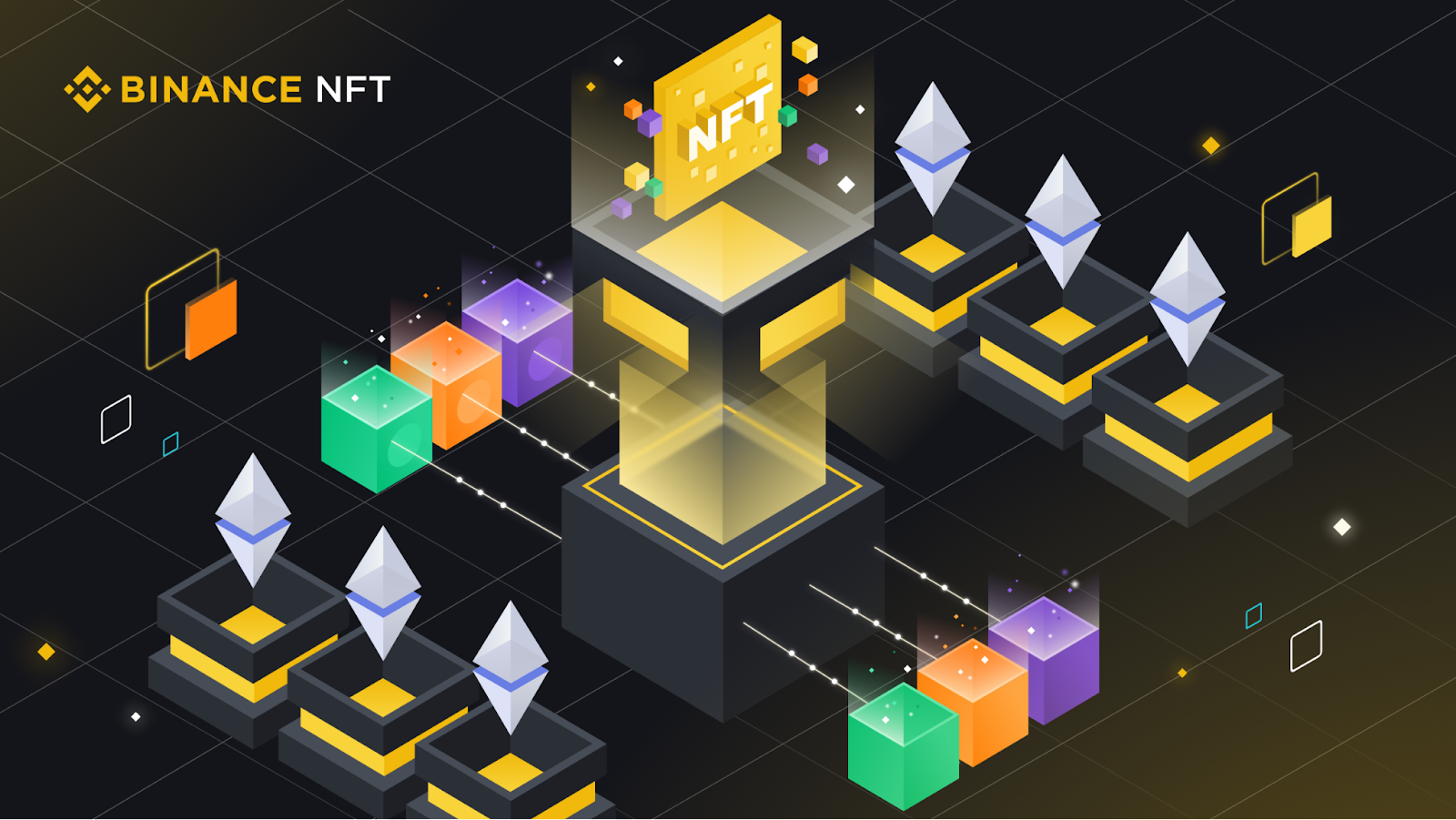Main conclusions
So-called “generative art” uses machine learning and algorithmic tools to create unique and unusual works.
In addition to helping define the provenance, rarity, and value of digital art forms such as generative art, NFTs also take digital art in general to a whole new level.
Thanks to online marketplaces like Binance NFTs, generative art creators have more freedom and more opportunities to interact with buyers.
Since 2020, non-fungible tokens (NFTs) have continued to revolutionize one industry after another. In just a few years, the booming NFT market has seen over a billion dollars in transactions.
If you've visited popular NFT marketplaces lately, you've likely come across collections of colorful abstract NFTs in addition to traditional avatars or profile pictures. At the moment, the NFT space is largely dominated by cartoon avatars, but a subset of NFTs based on advanced technologies such as machine learning and human imagination are emerging.
This type of art is known as “generative” and is based on algorithms. Such NFTs are becoming increasingly popular among digital creators and collectors interested in the metaverse and AI (artificial intelligence) art.
Keep reading to learn what generative art is and how, with the help of blockchain and NFT technology, it has captured the attention of the masses and revolutionized the art space.
What is generative art
Generative art was created by German philosopher Max Bens in 1965. It arose from algorithms programmed by artists into a computer according to certain parameters. For example, the artist selects the colors or shapes to be used in the work, and then enters these values into the algorithm in random quantities. The final product is a work of generative art.
How generative NFTs work
An NFT is a cryptographic token stored on a blockchain that can represent unique digital assets such as artwork, music, and more. Unless something catastrophic happens and the Internet goes down, digital assets on the blockchain will last forever and cannot be changed. Each NFT has its own unique metadata that distinguishes it from other tokens, making it impossible to modify or counterfeit.
Generative NFTs are created using smart contracts and stored on the blockchain in the form of NFTs. Smart contracts are pieces of code stored on the blockchain that self-execute when certain conditions are met, making them ideal for developing randomized, algorithm-driven art.
As an artist, you don't have to paint hundreds or thousands of collectibles yourself. Instead, you simply have to develop a set of characteristics for your NFT and create one or more variations for each of them.
Once you have completed all the settings, you need to write or copy smart scripts to generate new NFT variations. You should also set a limit on the number of NFTs generated.
An example of a generative NFT is Ezra Miller's Solvency. The Solvency project involves dynamic WebGL modeling to create textured feedback loops that are drawn from a generative adversarial network (GAN). This network is trained on 35mm photographs as well as layered colors that depend on information from each NFT's minting transaction.
Generative NFTs are a revolution in the art world
Thanks to their functionality—accessibility, transparency, and scalability—NFTs have improved the way we create, collect, and interact with digital art.
Availability
Traditionally, the barrier to entry into the art world has been quite high due to the knowledge required and the size of the investment. However, the increased interest in generative NFTs and NFTs in general is breaking down the barriers of the traditional art world, opening up the space to people from all walks of life.
Transparency
Because NFTs are stored on the blockchain, anyone can view the transaction history and ownership of the NFT, making it easy to verify its authenticity. Moreover, the immutable nature of the blockchain minimizes any risk of tampering.
Scalability
Another key feature of NFTs is the infinite scalability of digital image resolution. Unlike JPEG and PNG files, which can become distorted over time, generative art code allows you to display an image at any size without compromising its quality. This is possible due to the fact that the generative work is not an ordinary file with a picture, but a line of code stored on the blockchain.
Conclusion
Through NFT and blockchain technology, digital art has gained value, rarity, and provenance, making it more accessible to the masses. As the NFT market develops, so will the field of generative art.
While the NFT space is still in its early stages, the current growth trajectory of the NFT ecosystem suggests that it will continue to open up new opportunities and experiences for new forms of art, as well as artists and collectors.
Discover the world of NFTs
Discover exclusive, premium NFT collections on Binance NFT, a marketplace where artists, digital art creators, and NFT enthusiasts can create and trade digital collectibles. If you create generative art and want to submit it to an NFT marketplace but don't know where to start, don't worry. Binance NFT offers all verified users the ability to quickly and easily turn their artwork into a digital collectible.
You can learn more about how to create NFTs on our platform in the Beginner's Guide to Creating NFTs.
To learn more, check out the following articles:
(Support) How to start using the Binance NFT Marketplace
(Blog) NFT - a revolution in the world of digital art?
(Blog) NFT Evolution: A New Era for the Entertainment Industry
(Blog) NFT Authentication: Fighting Counterfeiting and Fraud
(Academy) Top 7 Uses for NFTs
Denial of responsibility. Trading NFTs is unregulated and involves high market risk. Make transactions with caution. No compensation is provided. By participating in this activity, you understand and agree that you assume all risks associated with it. Any information on the Binance NFT Marketplace should not be considered or interpreted as recommendations or advice.






